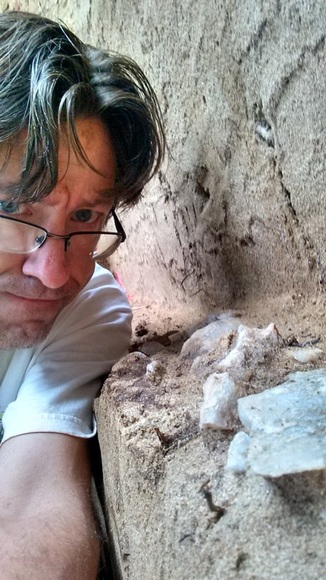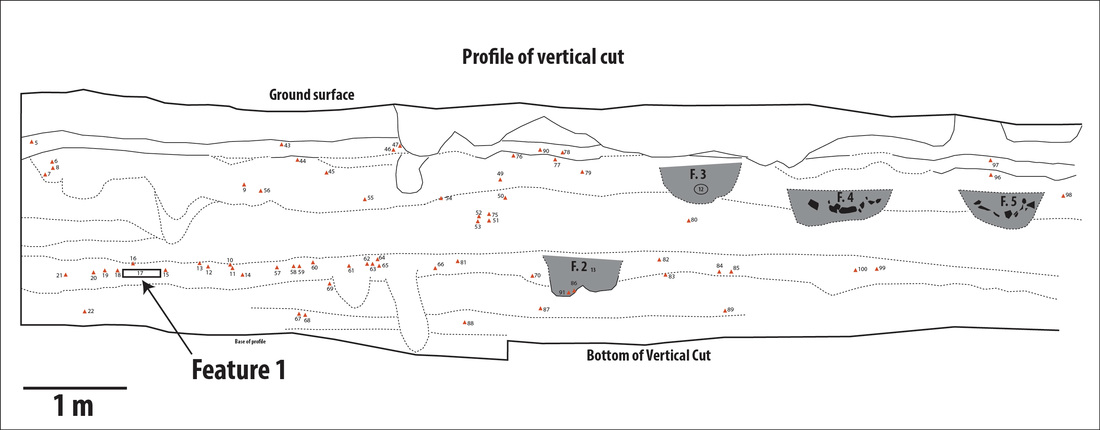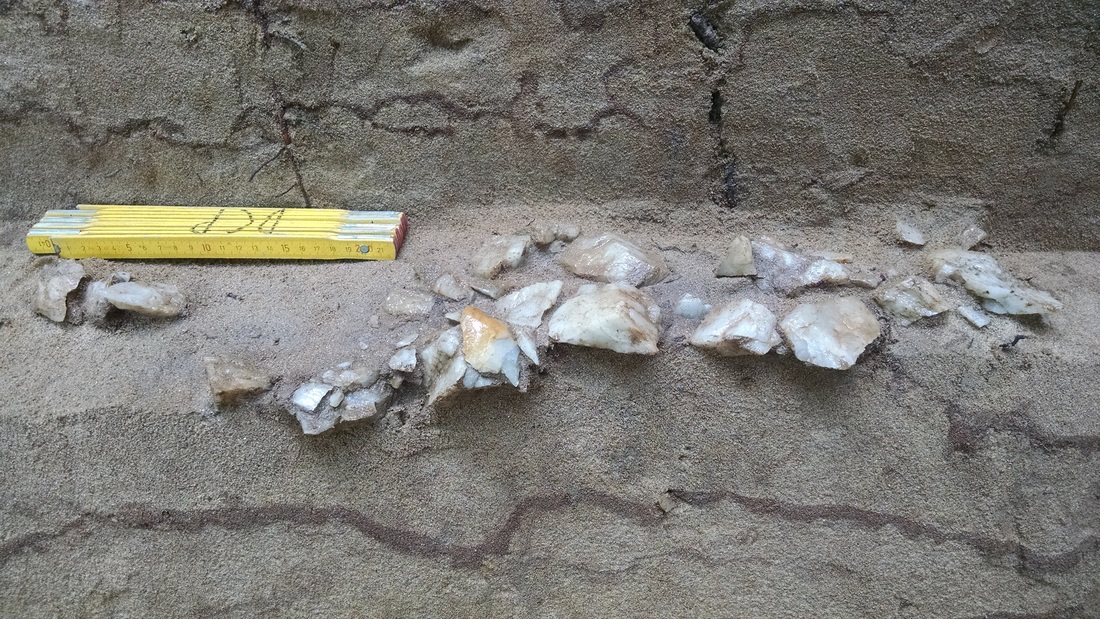| I'll be teaching a one-day-per week archaeological field school in the Spring semester. It's ANTH 322 (722 for graduate students) if you're interested. The site looks to be a really good one (I've written about it briefly before here, here, and here). I hope to kill three birds with one stone: research, teaching, and site preservation. The site is along the Broad River north of Columbia. Weather permitting, we'll be out at the site each Friday during the spring 2017 semester. We will depart from campus each Friday at 8:00 and return by 4:00 (transportation provided). Students will bring their own lunch. There are no formal bathroom facilities on site. Each student will be required to have a small set of personal field gear (e.g., small toolbox, gloves, mason’s trowel, 5m metric tape measure, notebook, etc.). Other tools and field equipment will be provided. This course will give you hands-on experience in basic excavation methods, techniques, and field skills, including:
|
Hand excavation will be used to straighten and plumb the vertical cut, exposing a long profile that will be documented during the field school. Dr. Christopher Moore (SCIAA) will assist in interpreting the exposed natural and cultural deposits. After exposure, straightened sections of the wall will be protected from further damage using landscape fabric and wooden buttressing.
Hand excavation blocks will be opened in two areas. One 3 m x 2 m excavation block will be placed on top of the levee a safe distance from the existing vertical exposure. Excavations will proceed in 10 cm levels in 1 m x 1 m units, screening all sediments and creating plan maps at the base of each level. Discrete deposits (such as hearth features, storage pits, postholes, or in situ deposits of chipping debris) will be documented and excavated.
A 2 m x 2 m excavation block will be opened near the base of the existing vertical exposure, enlarged as needed for safety. The purpose of this excavation area will be to extend the profile vertically downward and explore any cultural deposits present beneath the presumed Middle Archaic zone.
Enrollment is capped at 12. This should be a lot of fun. It's a great spot for a field school: it's close, it's known to contain complex and interesting archaeological deposits, and it's cared for by a very supportive landowner.
If you're a student interested in taking this course, please email me with any questions: [email protected].
Stay tuned!





 RSS Feed
RSS Feed
